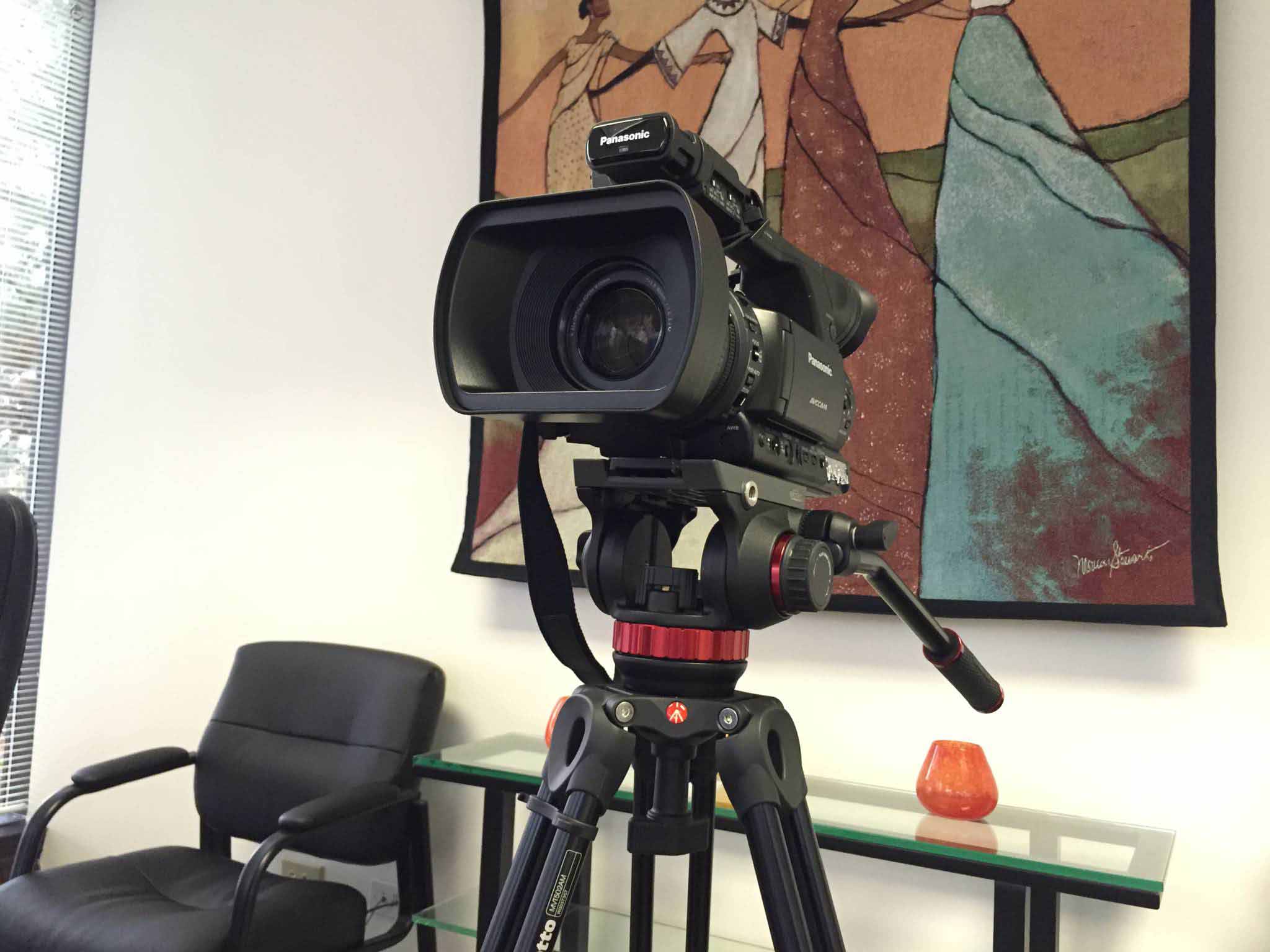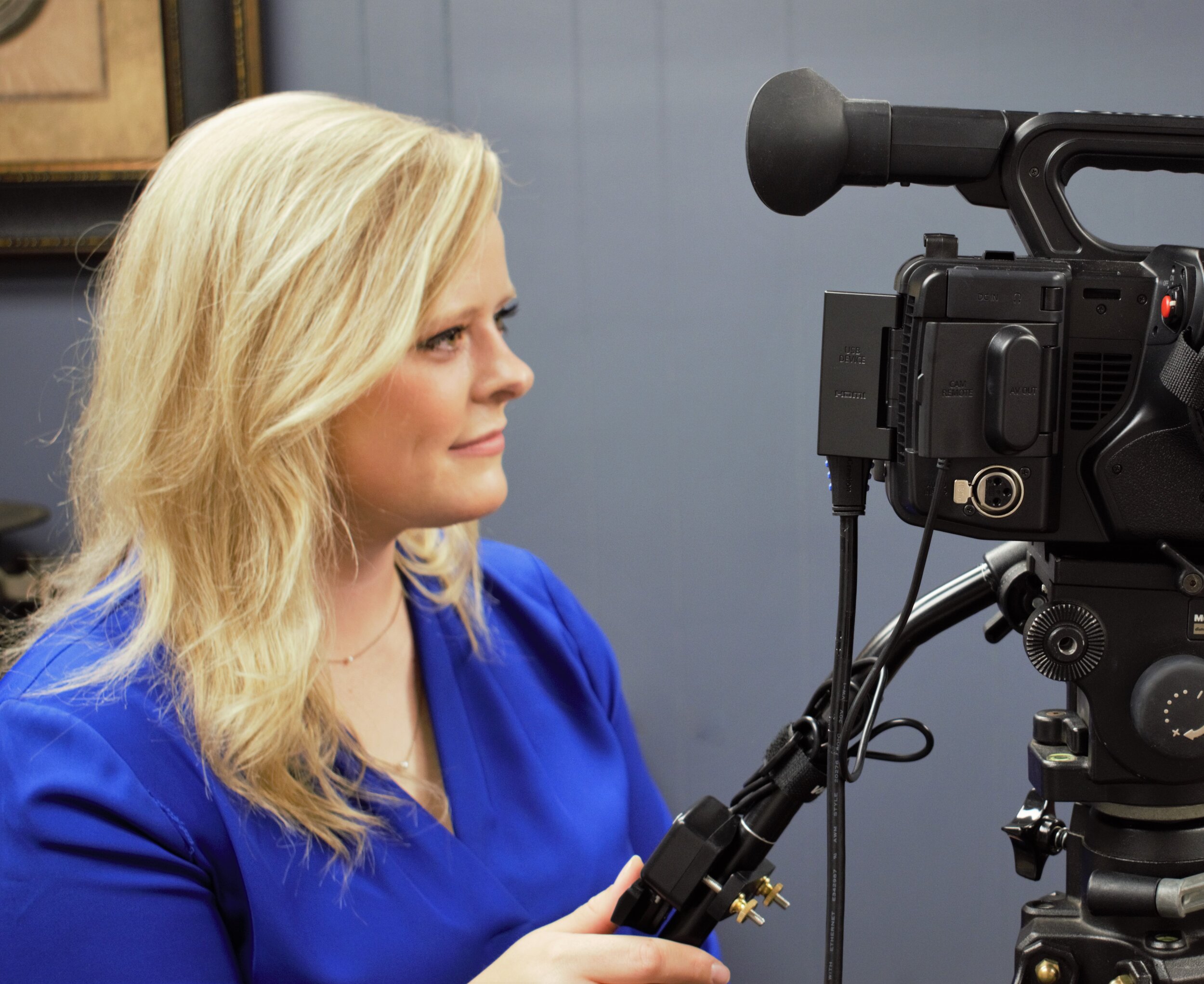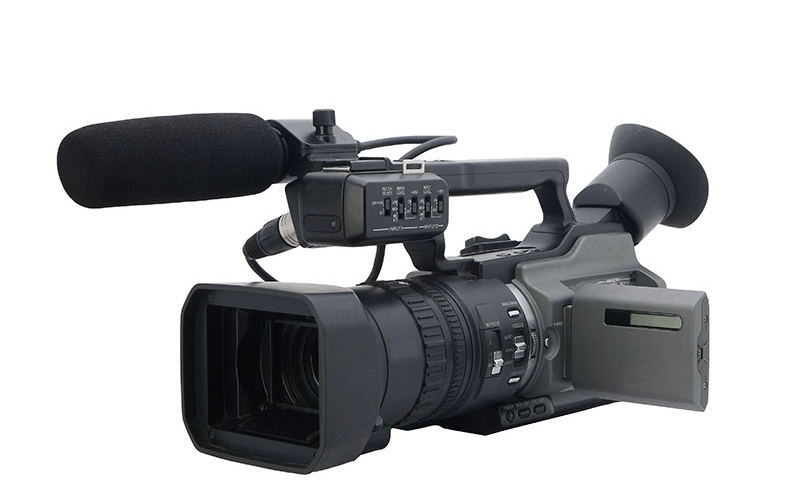How Legal Videography Boosts Court Presentations and Proof
Digging Into the Systems of Legal Videography: Introduction Its Procedure in Shielding Authentic Aesthetic Statement for Judicial Procedures
In the realm of judicial proceedings, the duty of lawful videography stands as a keystone in maintaining and offering aesthetic evidence. As modern technology remains to breakthrough, the mechanisms behind legal videography have actually become increasingly complex, using a vital layer of credibility to testaments recorded on video. By delving right into the operational intricacies of legal videography, one can uncover the thorough processes that secure the honesty of aesthetic proof offered in courtrooms - Legal Videography. This exploration not just sheds light on the historic development of legal videography but likewise means the future patterns that might better revolutionize how aesthetic testimonies are maintained in the realm of justice.
Historic Development of Legal Videography
Analyzing the historical progression of lawful videography discloses a significant change in the capturing and discussion of aesthetic evidence within the lawful landscape. In the past, legal procedures greatly relied upon created photos and transcripts to record occasions and supply proof. With the introduction of video clip innovation, the legal sector witnessed a paradigm shift in how aesthetic statement was caught and provided.
The evolution of legal videography can be traced back to the late 20th century when developments in video clip recording tools made it more obtainable for use in courtrooms. This technological advancement not just enhanced the accuracy and integrity of aesthetic evidence yet likewise changed the way situations existed to discretionary (Legal Videography). Lawyers started to recognize the convincing power of video recordings in conveying emotions, nuances, and non-verbal cues that created pictures or transcripts alone could not catch successfully

Innovation Improvements in Video Clip Paperwork
What key technical innovations have reinvented video documentation in the lawful area? The legal field has seen considerable developments in video documents technology that have boosted the authenticity and reliability of aesthetic proof in judicial process.
Additionally, advancements in video clip security and watermarking modern technologies have actually boosted the protection and tamper-proof nature of video evidence, guarding it against unauthorized changes or tampering. The arrival of cloud storage space options and remote gain access to capacities has streamlined the storage, access, and sharing of video proof, promoting smooth collaboration amongst legal experts and guaranteeing efficient accessibility to vital visual testaments when needed. These technological developments in video clip documents have actually unquestionably revolutionized the legal field, boosting the precision, credibility, and admissibility of aesthetic proof in judicial procedures.
Role of Legal Videographers in Courtroom Settings
The advancement of video documents modern technology in the lawful area has actually necessitated an essential role for legal videographers in court setups, guaranteeing the stability and reliability of visual testaments offered throughout judicial procedures. Legal videographers play an essential duty in recording and maintaining precise visual proof that can be crucial in lawsuit. Their duty encompasses establishing devices, videotaping proceedings, and creating top quality videos that precisely reflect the occasions in the court.
In court room setups, lawful videographers must comply with stringent standards and criteria to preserve the authenticity of the visual document. They must have a keen eye for detail and a thorough understanding of legal treatments to guarantee that the video they capture is a true representation of the occasions that transpired. In addition, lawful videographers usually function closely with lawful groups to guarantee that the video clip evidence lines up with the situation's demands and can be efficiently provided in court top article to sustain the lawful disagreements being made. In general, the role of lawful videographers in court setups is crucial in supporting the principles of justice and making certain the openness of lawful proceedings.

Ensuring Admissibility and Stability of Video Proof
To maintain the reliability of visual evidence offered in legal procedures, making certain the admissibility and stability of video clip proof is an important responsibility for lawful videographers. Admissibility describes the approval of proof by the court, and for video evidence to be permissible, it should meet certain requirements. Legal videographers play an essential duty in making certain that the video clips they capture follow the rules of proof, such as importance, integrity, and authenticity.
Integrity of video evidence includes keeping the originality and accuracy of the video from the moment it is taped till it is offered in court. This includes securely saving the video documents, documenting the chain of custodianship, and preventing any tampering or alterations. Lawful videographers have to abide by rigorous procedures to ensure the honesty of the video clip proof and avoid any kind of difficulties to its credibility.
Future Trends in Legal Videography
Provided the increasing reliance on innovation in lawful procedures, legal videographers are positioned to welcome innovative developments forming the future of aesthetic statement capture and discussion. One of the prominent patterns on the horizon is the integration of digital reality (VIRTUAL REALITY) and enhanced fact (AR) technologies right into lawful videography. These innovations have the possible to change exactly how aesthetic evidence is offered in courtrooms, permitting juries and courts to submerse themselves in the scene of the criminal activity or incident.
Furthermore, the use of expert system (AI) algorithms for video evaluation is expected to enhance the process of examining and evaluating huge quantities of video clip footage. AI can aid in identifying key minutes, abnormalities, and patterns within video clips, enhancing the effectiveness of lawful investigations.

Conclusion
Finally, lawful videography has played a crucial duty in providing websites genuine aesthetic evidence for judicial process. With technical developments and the proficiency of lawful videographers, the stability and admissibility of video clip evidence are ensured in courtroom setups. As lawful videography continues to develop, it will be important to promote criteria that preserve the accuracy and dependability of aesthetic testimony for the future of legal proceedings.
Analyzing the historic progression of legal videography discloses a substantial transformation in the capturing and presentation of visual evidence within the legal landscape.The evolution of video clip documents technology in the legal field has required an important duty for lawful videographers in courtroom setups, guaranteeing the integrity and integrity of visual testaments provided during judicial process. Additionally, legal videographers typically function closely with lawful teams to make sure that the video evidence lines up with the case's requirements and can be properly presented in court to sustain the lawful disagreements being made.To keep the credibility of aesthetic evidence provided in lawful procedures, making sure the admissibility and integrity of video clip evidence is an important obligation for lawful videographers. As lawful videography proceeds to progress, it will certainly be necessary to support standards that keep the accuracy and dependability of visual testament for the future of lawful process.